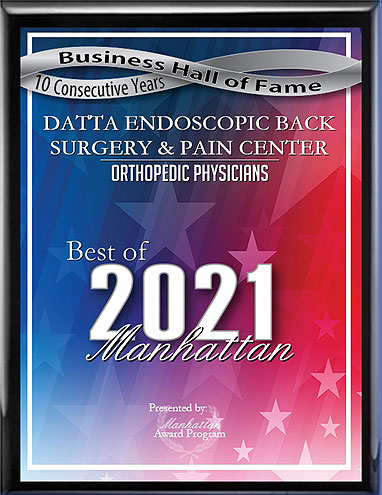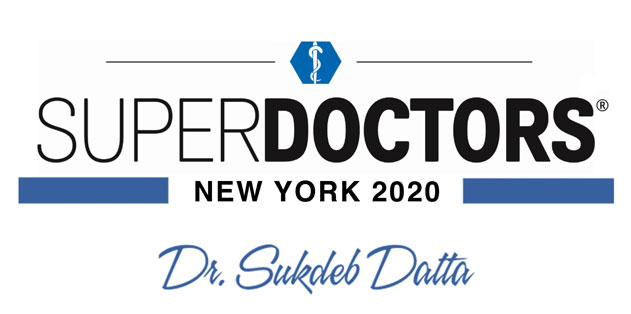Spinal stenosis is one of the most common spine problems, and millions of Americans deal with some form of spinal stenosis at some point in their lives. Below, we will take a look at some common questions and answers regarding spinal stenosis treatment.
Q: What is spinal stenosis?
A: The spine consists of vertebrae and discs, which form a spinal canal, through which the spinal cord runs. Spinal stenosis refers to the narrowing of the spinal canal. When the spinal canal becomes more narrow than usual, it can compress the nerve roots or the spinal cord, resulting in symptoms.
Q: What causes spinal stenosis?
A: Spinal stenosis can be caused by a wide range of conditions affecting the spine. Some possible causes of spinal stenosis include herniated discs, bulging discs, bone spurs, and spondylolisthesis.
Q: What are the symptoms of spinal stenosis?
A: The symptoms of spinal stenosis vary depending on the severity and location of the condition. Cases affecting the lower spine may cause symptoms in the lower back or legs, while cases affecting the neck may cause symptoms anywhere in the spine, arms, or legs. Common symptoms include:
- Pain
- Numbness or tingling in the limbs
- Muscle weakness in the limbs
Numbness, tingling, and muscle weakness should be evaluated by a physician promptly. In addition, pain that is severe or that persists for longer than a few days should be evaluated.
Q: How is spinal stenosis diagnosed?
A: The symptoms of the different conditions causing spinal stenosis are quite similar to one another. As a result, it is not possible to diagnose the exact cause using only physical examination. Medical imaging tests such as MRI and CT scanning are used to make a diagnosis.
Q: What are my non-surgical treatment options?
A: Most cases of spinal stenosis can be treated without the use of surgery. The goal of non-surgical spinal stenosis treatment is to relieve inflammation and improve spinal alignment. Common treatments include medication, lifestyle changes, and physical therapy.
Q: Is minimally invasive spinal stenosis treatment available?
A: If the condition is severe or does not respond to non-surgical treatments, then surgery may be recommended. When surgery is required, spinal stenosis can normally be treated using minimally invasive methods. Procedures such as laser spine surgery have helped many people recover without the downtime and risks associated with open spine surgery.
If you have symptoms of spinal stenosis, Dr. Sukdeb Datta of the Datta Endoscopic Back Surgery and Pain Center would be happy to hear from you. To schedule your consultation today, please click below and enter your information or give us a call at (212) 430-0312.






 EDISCSCULPT
EDISCSCULPT



